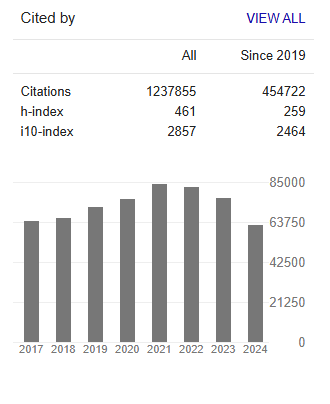Identification of Electrostatic Hotspots at the Binding Interface of Amylin and Insulin-Degrading Enzyme: A Structural and Biophysical Investigation
Abstract
Wei Li
Amylin, also known as islet amyloid polypeptide (IAPP), is a metabolic homeostasis-related hormone that is produced and released by the β cells of the pancreas, the same cells that produce insulin. Insulin-degrading enzyme (IDE) is a protease enzyme that plays an essential role in the breakdown and degradation of various peptides, including insulin and amylin. Direct binding & interaction between amylin and IDE is inextricably linked to the degradation of amylin, and research and development effort in this area is crucial to understand the potential therapeutic implications of disrupting the IDE-amylin interaction in the context of conditions where metabolic homeostasis needs to be regulated, such as diabetes and obesity. Here, this article incorporates currently available experimental complex structure of amylin and IDE, and delves deep into the interstructural biophysics underlying the binding interface of the two interacting partners. With a set of comprehensive structural biophysical analysis, this article identified an intriguing region of high electrostatic potential indicative of strong binding sites between the first N-terminal lysine (Lys1, K1) residue of amylin and Glu341 (E341) of IDE. This unique electrostatic hotspot presented herein paves the way for the rational design of drug-like small molecules that can selectively disrupt this interaction, offering a targeted therapeutic strategy for improved metabolic homeostasis, particularly for patients with diabetes and obesity.




